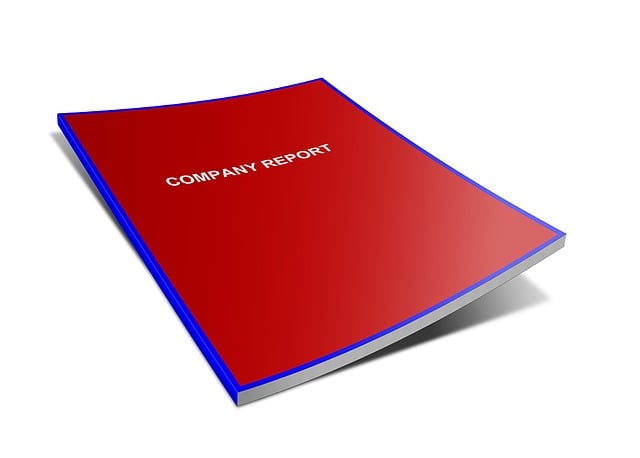## Mastering the Book Report: A Book Report Template
Book reports are a fundamental part of academic life, providing a structured way to engage with literature, analyze its themes, and communicate your understanding. While the specific requirements may vary, the core components remain consistent. This guide will equip you with a comprehensive template and practical tips for crafting a compelling and insightful book report.
**I. Understanding the Purpose**
Before diving into the structure, it’s essential to understand the purpose of a book report. It’s not merely a summary of the plot; it’s an opportunity to demonstrate your critical thinking skills and explore the deeper meanings within the text. Consider these objectives:
* **Analysis:** Examining the author’s techniques, themes, characters, and how they contribute to the overall message.
* **Interpretation:** Developing your own understanding of the text and supporting it with evidence from the book.
* **Communication:** Clearly and concisely conveying your analysis and insights in a well-organized manner.
**II. Essential Components of a Book Report Template**
**1. Title Page**
* **Book Title:** Include the full title of the book and any subtitle.
* **Author’s Name:** Include the author’s full name.
* **Your Name:** Your name as the author of the report.
* **Date:** The date you completed the report.
* **Course Name:** If applicable, include the name of the course for which the report is being written.
* **Instructor’s Name:** If applicable, include your instructor’s name.
**2. Introduction**
* **Hook:** Start with an engaging sentence that captures the reader’s attention and introduces the book’s theme.
* **Background Information:** Briefly introduce the author and their background, focusing on any relevant information related to the book’s context.
* **Thesis Statement:** This is your main argument or interpretation of the book. It should be clear, concise, and debatable.
**3. Summary**
* **Plot Summary:** Provide a brief and objective overview of the book’s main plot points, focusing on the key events and characters.
* **Avoid Spoilers:** While you need to summarize the plot, do not reveal major plot twists or the ending.
**4. Analysis**
* **Character Analysis:** Focus on the main characters and their development.
* **Motivation:** What drives their actions?
* **Relationships:** How do they interact with other characters?
* **Growth:** How do they change throughout the story?
* **Themes and Motifs:** Identify and analyze the main themes and recurring motifs present in the book.
* **Evidence:** Support your observations with direct quotes and textual evidence.
* **Literary Devices:** Explore the author’s use of literary devices (e.g., metaphors, imagery, symbolism) and how they contribute to the overall meaning.
* **Style and Tone:** Examine the author’s writing style, tone, and how it influences the reader’s experience.
**5. Personal Response**
* **Your Opinion:** Share your personal response to the book.
* **Strengths and Weaknesses:** What did you find compelling about the book? What were some limitations?
* **Connection:** How did the book resonate with you on a personal level?
* **Impact:** Did the book change your perspective or inspire you in any way?
**6. Conclusion**
* **Restatement of Thesis:** Briefly restate your main argument or interpretation of the book.
* **Summary of Key Points:** Summarize the most important points you’ve made in your analysis.
* **Closing Thought:** End with a final thought or reflection on the book’s significance.
**III. Writing Tips for Success**
* **Choose a Book You Enjoy:** Start with a book that interests you to make the writing process more enjoyable.
* **Take Detailed Notes:** As you read, take notes on key plot points, characters, themes, and any interesting observations.
* **Use Evidence:** Support your analysis with direct quotes from the book. Use proper citation format (e.g., MLA, Chicago) if required.
* **Organize Your Thoughts:** Create a clear outline before you start writing to ensure your report flows logically.
* **Proofread Carefully:** Take time to proofread your report for any grammatical errors or typos.
**IV. Examples of Different Types of Book Reports**
* **Formal Book Report:** A traditional, academic report that follows a structured format.
* **Creative Book Report:** A more personal approach that allows you to express your creativity through writing, drawing, or multimedia projects.
* **Presentation:** A visual presentation that summarizes your analysis and key insights.
**V. Conclusion**
A well-crafted book report demonstrates your understanding of the text, your critical thinking skills, and your ability to communicate effectively. By using this template and following the tips provided, you can create a compelling and insightful book report that will impress your instructors and showcase your literary knowledge.
